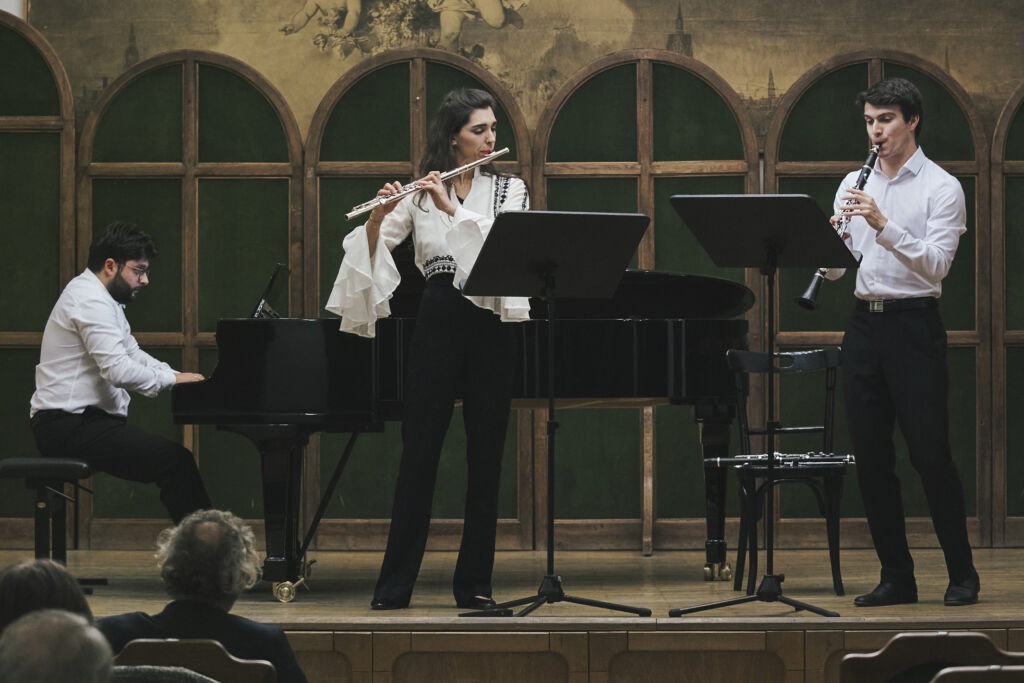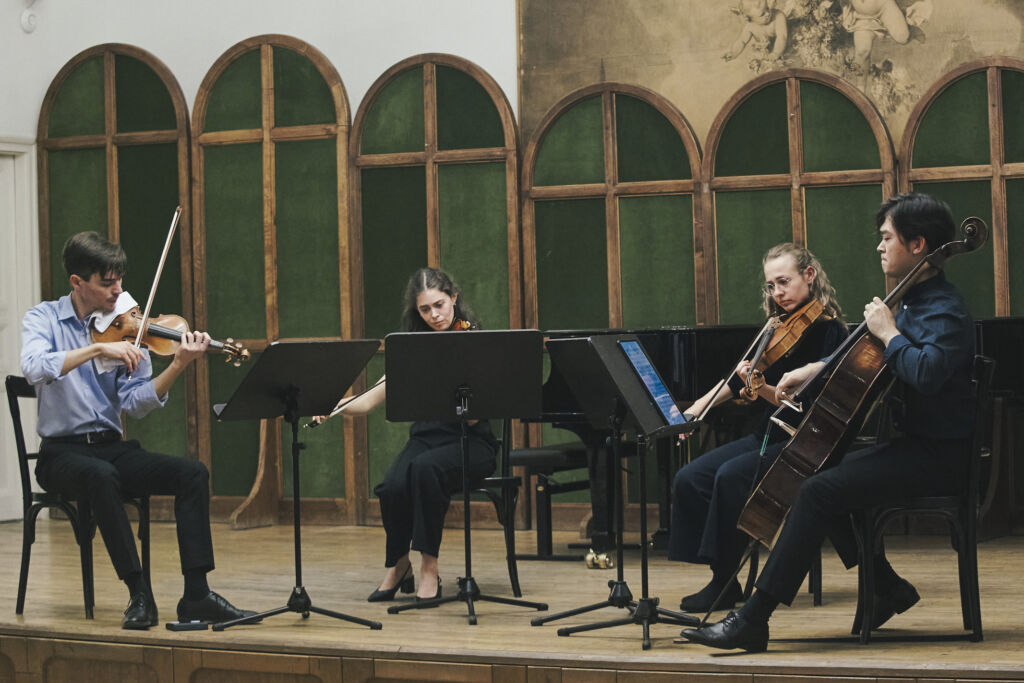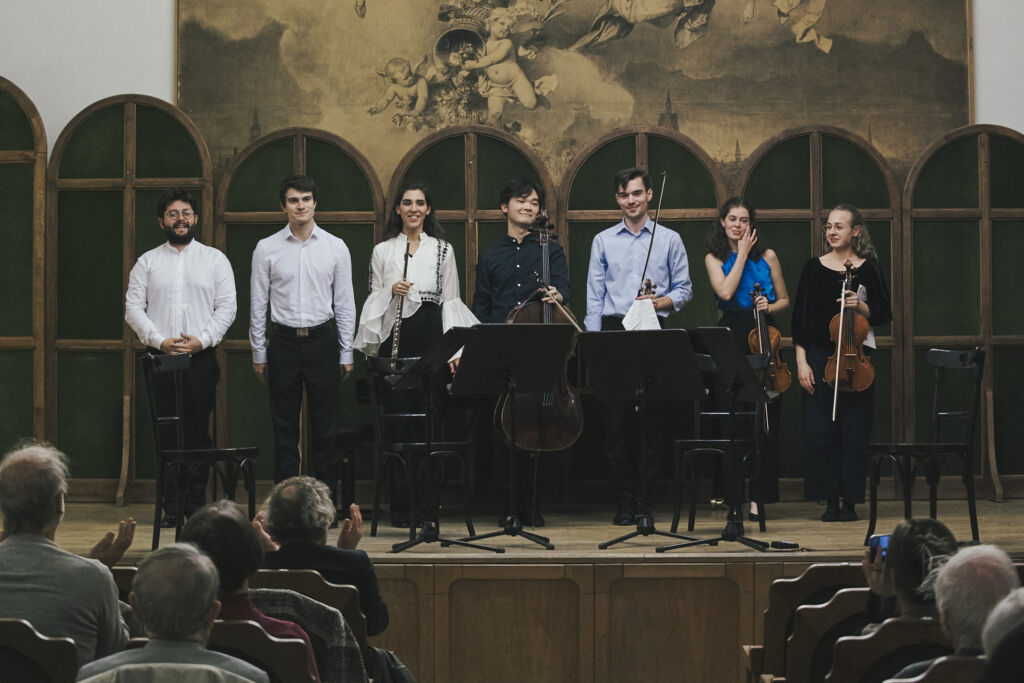The Danube Region extends from the Black Forest to the Black Sea, covering a total area of around 800,000 km2. Its namesake, the Danube River, thus ties together a diverse series of landscapes as well as cultural spheres. The Danube has been and continues to be a source of inspiration for all manner of artistic output and a recurring motif inscribed on a multitude of musical works—from the world-famous waltz The Blue Danube by Johann Strauss II to Valurile Dunării (Danube Waves) by the Romanian composer Iosif Iovanovici and from Leoš Janáček’s Dunaj (Danube) to traditional Slavic folk songs.

As the world’s most international river, the Danube touches ten different countries—and in order to do it justice not only in the cultural realm but also in terms of tourism and trade, 2011 witnessed the introduction of the EU Strategy for the Danube Region, which describes this area explicitly as a “natural field of transnational cooperation”.1 A current example of such transnational cooperation is the event series “Danube Sounds: Musical Encounters in the Danube Region”.
In conjunction with Austria’s EUSDR presidency from 1 November 2023 to 31 December 2024, the Federal Ministry of European and International Affairs (BMEIA) joined forces with the mdw to initiate a multilateral cooperative project with a number of mdw partner universities as well as Austrian Cultural Forum locations throughout the Danube Region. The result was a concert series that was realised near to and along the Danube in the six cities of Belgrade, Budapest, Bucharest, Karlsruhe, Munich, and Vienna between October and December 2024.

This project gave the mdw a renewed opportunity to work together closely with long-time partners (the Faculty of Music at the University of Arts in Belgrade, the National University of Music Bucharest, the Karlsruhe University of Music, and the University of Music and Theatre Munich), thereby sustainably reinforcing established cooperative relationships. The programmes of these six concerts—which included chamber and vocal music in various formations—were performed by mdw students together with students of the respective partner institutions. The final Danube Sounds concert then brought representatives of all participating institutions to the Ehrbar Saal in Vienna, an occasion that saw a total of 16 students from the partner institutions plus four mdw students present pieces from various countries of the Danube Region. This concert’s geographic orientation toward the course of the eponymous river hence also quite explicitly embodied a musical journey through these contrasting parts of Europe.

It was thoroughly in keeping with the EU Strategy for the Danube Region, then, that this project’s realisation undoubtedly did make an active contribution to the networking of this area, to the promotion of culture, and to contact between the Danube Region’s inhabitants.2
- EUSDR, Action Plan, 2020: www.bmeia.gv.at/themen/europapolitik/eu-donauraumstrategie
- Cf. EUSDR, Pillar 1: www.bmeia.gv.at/themen/europapolitik/eu-donauraumstrategie

